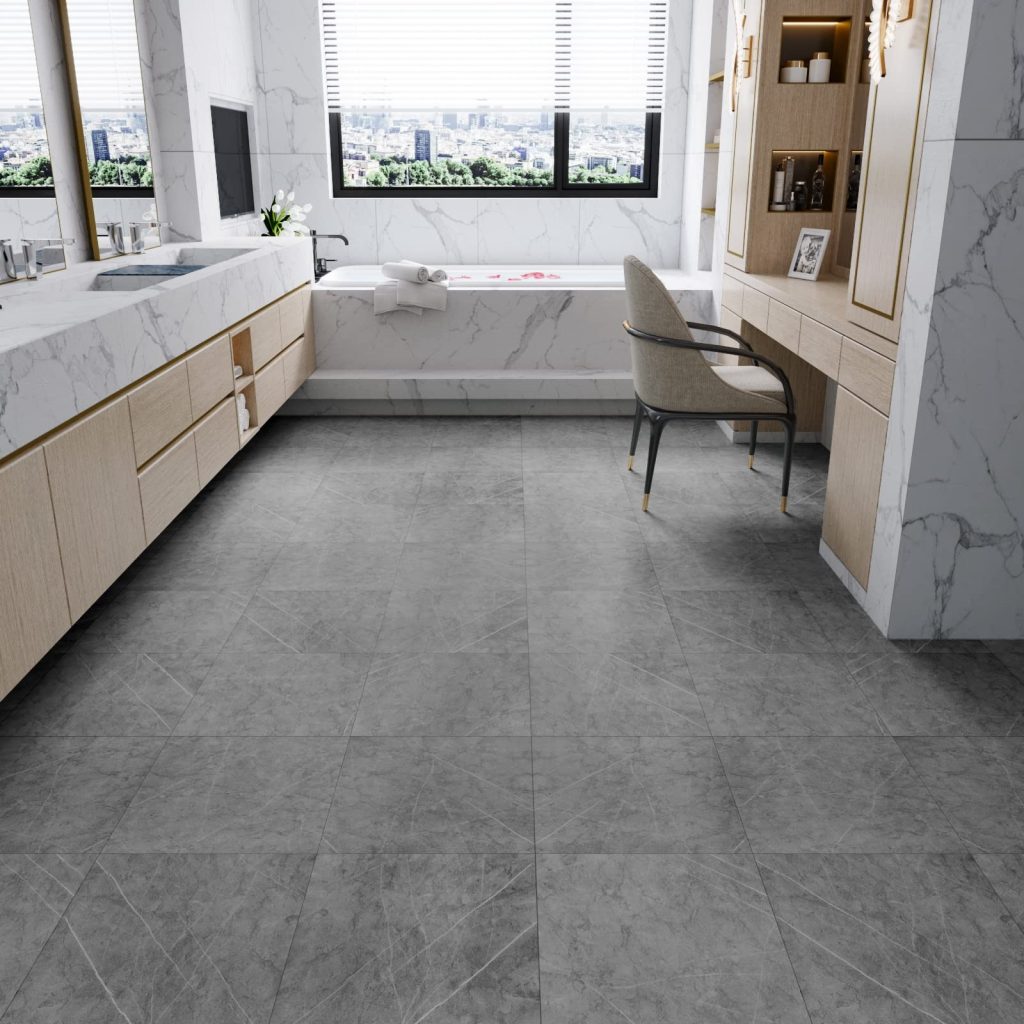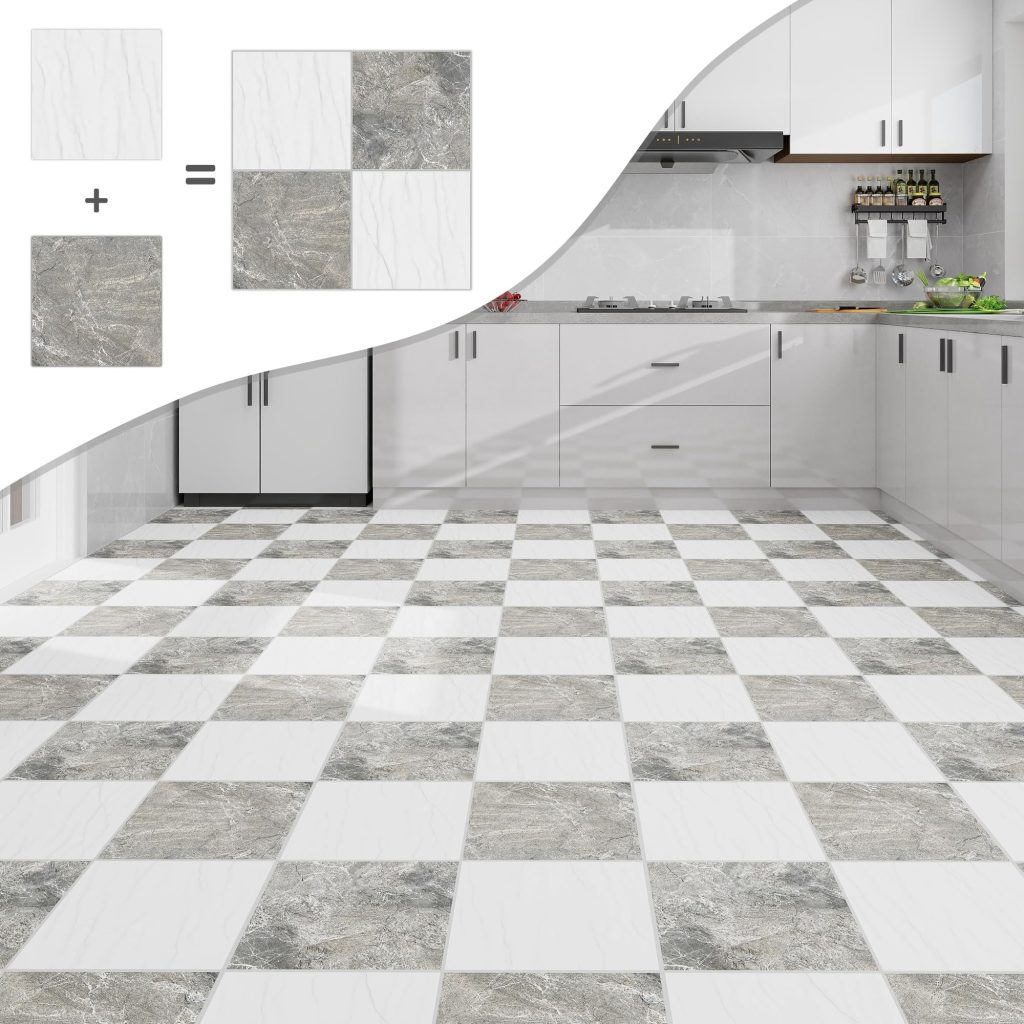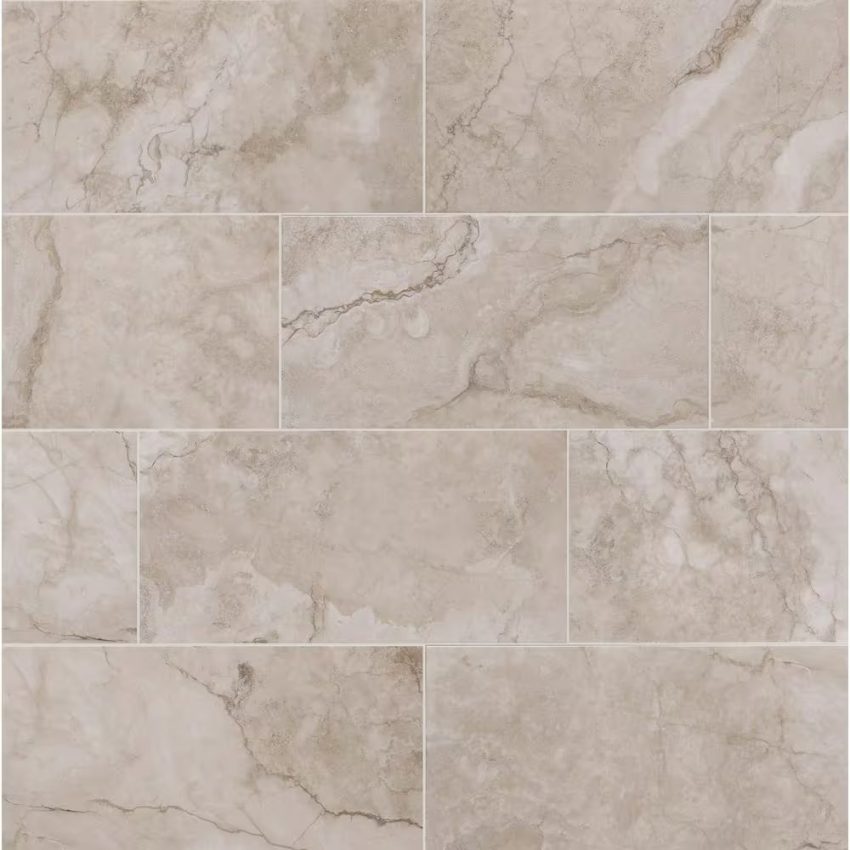Assess the Damage to Ceramic Tile
Before beginning any ceramic tile repair, it’s crucial to assess the damage thoroughly. Find out how many tiles are affected and the extent of the damage. Are there cracks, chips, or is the tile completely broken? This step will determine the materials you’ll need and how to approach the repair process. Here’s a quick guide:

- Check for cracks or chips: Inspect each tile for fine lines or small chips. Minor damages may only require a simple filler or sealant.
- Assess loose tiles: Gently press down on the tiles. If they make a hollow sound or move, this indicates they are loose and may need re-fixing.
- Look for missing pieces: In case a tile is shattered or a significant portion is missing, you might need a full replacement.
Once you’re done assessing, create a list of the damaged tiles and consider the appropriate ceramic tile repair method suitable for each issue. This targeted approach not only ensures a successful repair but also helps in maintaining the aesthetic quality of your ceramic tiling.
Essential Tools and Materials for Tile Repair
Preparing for a ceramic tile repair involves gathering the right tools and materials. Here’s what you’ll need for a smooth tile repair process:
- Tile Adhesive: Choose a high-quality adhesive suitable for ceramic tiles.
- Grout: Match the color of the existing grout for a seamless look.
- Replacement Tile: Have extra tiles that match the ones you’re repairing.
- Grout Saw or Removal Tool: To remove old or damaged grout.
- Notched Trowel: For applying adhesive evenly.
- Tile Cutter or Nippers: For shaping or cutting tiles to fit.
- Rubber Float and Sponge: To apply and wipe off excess grout.
- Level: To ensure new tiles are even with the surrounding ones.
With the right tools and materials ready, you can confidently begin your ceramic tile repair. Remember, the quality of your tools can affect the repair’s overall success, so choose wisely.
Step-by-Step Process of Replacing a Damaged Tile
Replacing a damaged ceramic tile doesn’t have to be daunting. Follow these steps to ensure a smooth repair:
- Remove the Grout: Begin by carefully removing the grout around the damaged tile with a grout saw or removal tool.
- Loosen the Tile: After the grout is out, gently pry the damaged tile using a putty knife or similar tool. Be careful not to damage surrounding tiles.
- Clean the Area: Once you’ve lifted out the tile, scrape away old adhesive from the surface and clean it thoroughly.
- Apply Adhesive: Spread an even layer of tile adhesive onto the back of the new ceramic tile using a notched trowel.
- Set the Tile: Firmly press the new tile into the space, making sure it is level with adjacent tiles. Remove any excess adhesive.
Ensure you have all necessary tools within reach before beginning and always wear safety glasses to protect your eyes.

Repairing Small Cracks and Chips in Ceramic Tiles
Repairing small cracks and chips in ceramic tiles is often a straightforward task. For minor imperfections, using a suitable filler or sealant can quickly restore tiles’ look. Here are simple steps to help you manage minor damages effectively:
- Clean the Affected Area: Start by cleaning the tile with a soft cloth to remove any dust or debris. A clean surface ensures a better bond with the repair material.
- Apply Ceramic Filler: Choose a ceramic filler or tile repair kit that matches your tile’s color. Use a putty knife to fill in the cracks or chips. Take care not to overfill, as you can sand it down later for a smooth finish.
- Let it Dry: Give ample time for the filler to dry completely. Refer to the manufacturer’s instructions for specific drying times.
- Sand Down Excess Filler: Once dry, gently sand the repaired area to level it with the tile surface. Use fine-grit sandpaper for a smooth, even finish.
Following these steps will help keep your ceramic tiles looking well-maintained. Remember, attention to detail is key for a successful ceramic tile repair. Use the right materials, handle tools with care, and ensure each step is thoroughly completed for the best results.
Tips for Matching Tile and Grout Colors
Finding a perfect match for your tile and grout colors can be a challenge. Here are some tips to help you achieve a seamless repair:
- Compare Samples: Bring a tile piece when shopping for new tiles and grout. Compare samples directly to get an accurate match.
- Use Custom-Mixed Grout: Consider custom-mixed grout if you can’t find an exact match. Many stores offer this service.
- Test in Small Area: Test the grout on a small, hidden area first to check the color when it dries.
- Take into Account Lighting: Colors can look different under various lighting. View samples in the same light as your home.
- Play with Contrasts: If a perfect match isn’t possible, opt for a contrasting color to turn the repair into a feature.
- Ask for Professional Advice: If you’re unsure, ask a professional at the store for their recommendation.
Remember, the goal is to blend the new tiles and grout seamlessly with the old ones. Use these tips, and take your time to find the best match for a professional-looking ceramic tile repair.
Preventing Future Damage to Ceramic Tiles
To keep your ceramic tiles looking new after a repair, prevention is key. Here are effective strategies:
- Regular Maintenance: Clean your tiles regularly to prevent dirt buildup. Use gentle cleaners to avoid damage.
- Seal Grout Lines: Apply sealant to grout lines. This creates a barrier against moisture and stains.
- Avoid Harsh Chemicals: Harsh chemicals can break down tile finishes. Opt for mild cleaning agents.
- Place Protective Pads: Use felt pads under furniture to avoid scratches on the tile surface.
- Install Mats: Place mats at entries to catch debris that could scratch or chip tiles.
- Promptly Repair Damage: Small issues can turn into big problems. Fix cracks or loose tiles quickly.
- Control Moisture: Keep bathrooms well-ventilated. Excess moisture can loosen tiles and foster mildew growth.
By following these tips, you can extend the life of your ceramic tile repair and maintain your home’s beauty and value.

Professional Repair vs. DIY: When to Call an Expert
Deciding between DIY or calling a professional for ceramic tile repair depends on various factors. Begin by evaluating the damage extent and your skill level. Consider these points to help you decide:
- Assess the Damage: If the damage is widespread or the tiles are historical and require special care, consult an expert.
- Evaluate Your Skills: Complex repairs might need proficiency in tile cutting and laying. Experts have the right tools and experience.
- Time Commitment: DIY repair might save money but consider the time investment. Professionals can complete the job faster.
- Quality of Finish: For a seamless finish that blends perfectly with your existing tilework, expert hands may be necessary.
- Warranty Issues: Some tile warranties might void if you attempt repairs yourself. Check the manufacturer’s terms before proceeding with DIY.
DIY may be a good choice for simple repairs like small cracks or chips. However, if the job is too big, requires specialized skills, or if you want to ensure a long-lasting repair, calling in a professional is the best option.
Maintaining Ceramic Tiles After Repair
After fixing ceramic tiles, proper maintenance keeps them in top shape. Prolong their life and appearance with these tips:
- Regular Cleaning: Clean tiles often to prevent dirt and grime. Use a soft mop or cloth and gentle cleansers.
- Immediate Spills Cleanup: Wipe up spills as soon as they happen. This avoids stains and damage to the grout.
- Avoid Abrasive Tools: Stick to soft sponges or cloths. Scrub pads can scratch tile surfaces.
- Routinely Seal Grout: Every few years, apply a grout sealant. This helps keep out moisture and dirt.
- Inspect Tiles Periodically: Check tiles and grout lines for damage regularly. Early detection means simpler repairs.
These strategies help maintain your tile’s appearance and structure. With consistent care, your ceramic tile repair will have lasting results.

